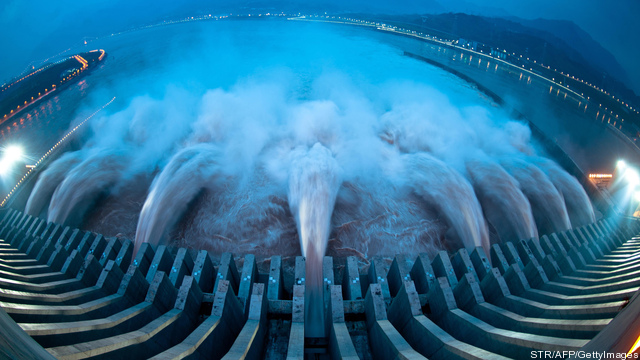For most water and wastewater utilities, current revenues simply do not cover all financial obligations.
For that reason, a movement is afoot across the U.S. to shift from a traditionally volumetric-based revenue model to one in which base or fixed charges play a larger role.
According to Black & Veatch’s 2015 Strategic Directions: U.S. Water Utilities report, 49 percent of survey respondents said they are planning on increasing the base or fixed charges as a means of stabilizing revenues.
“In the current operating environment, where the revenues from fixed hookup fees for new customers are a fraction of their peak from the mid-2000s, many service providers are exploring methods to shore up revenue,” said Ann Bui, Managing Director for Black & Veatch’s management consulting water practice. “Financial experimentation is the result of trying to address the large funding gap.”
By increasing fixed costs, service providers shift a greater portion of their revenue stream to charges to “access” the water system. Even if the actual commodity charge remains the same, customers would typically pay more for using the same amount of water. This increase in revenue certainty helps insulate providers from decreasing revenues as consumption habits change.
“Infrastructure needs are increasing and, at times, are mandated via consent decrees,” Bui said. “The ability to raise rates is hampered by a lack of political will and the continued pressure that undervalues the price of water.”
Other locales, including those regions typically not regarded as water stressed, are exploring tiered-rating structures based on consumption. Use of tiered rates is not new though in much of the Western United States. In the Rocky Mountain region alone, more than 40 percent of respondents identified raising rates for use above the amount covered by the fixed charge as a means of stabilizing revenue.
In addition to fixed fees and tiered rate structures, water utilities are turning to tools, technology and analysis to identify water loss. Similarly, Bui said, there is increasing adoption of – and enthusiasm for – the role of automated metering infrastructure (AMI) in improving utility efficiency through greater understanding of system infrastructure and usage through data analytics.
Consent Decrees Impacting Wastewater Entities
On the wastewater side, the increasing number of federal consent decrees — occasionally resulting in mandatory billion-dollar remediation projects — has significant impacts on municipalities’ ability to access traditional bond financing markets.
Among municipal department respondents to the survey, 30 percent identified reducing sanitary sewer overflows or combined sewer overflow occurrences as important financial issues.
“Though these large capital projects can be amortized over 20 to 30 years, the sheer scale of the project costs is a tremendous figure for ratepayers to contemplate,” Bui noted.
Evolution of Public-Private Partnerships
Unlike Australia and the United Kingdom, public-private partnerships (PPP) remain elusive in the U.S. water industry. PPPs are of great interest as a means of providing much needed capital.
“However, the checkered history of PPPs, in which some simply did not work financially, has created as many doubters as advocates for the PPP delivery process,” Bui said.
Yet she said it is clear that alternative financing will have to play a role because of the huge volume of capital requirements. “Maintaining an overall sound financial footing will require some municipalities to find new sources of funding beyond the municipal bond market,” Bui said.
She noted that recently there is rising interest in taking on equity partners on a specific project basis that could help provide needed capital. In these cases, private capital might finance a treatment facility, conveyance project or other elements of the overall system in return for a guaranteed rate of return.
“Given the sensitivities of PPPs,” Bui said, “it is an exciting evolution in the market.”
Published originally on Black & Veatch Solutions

